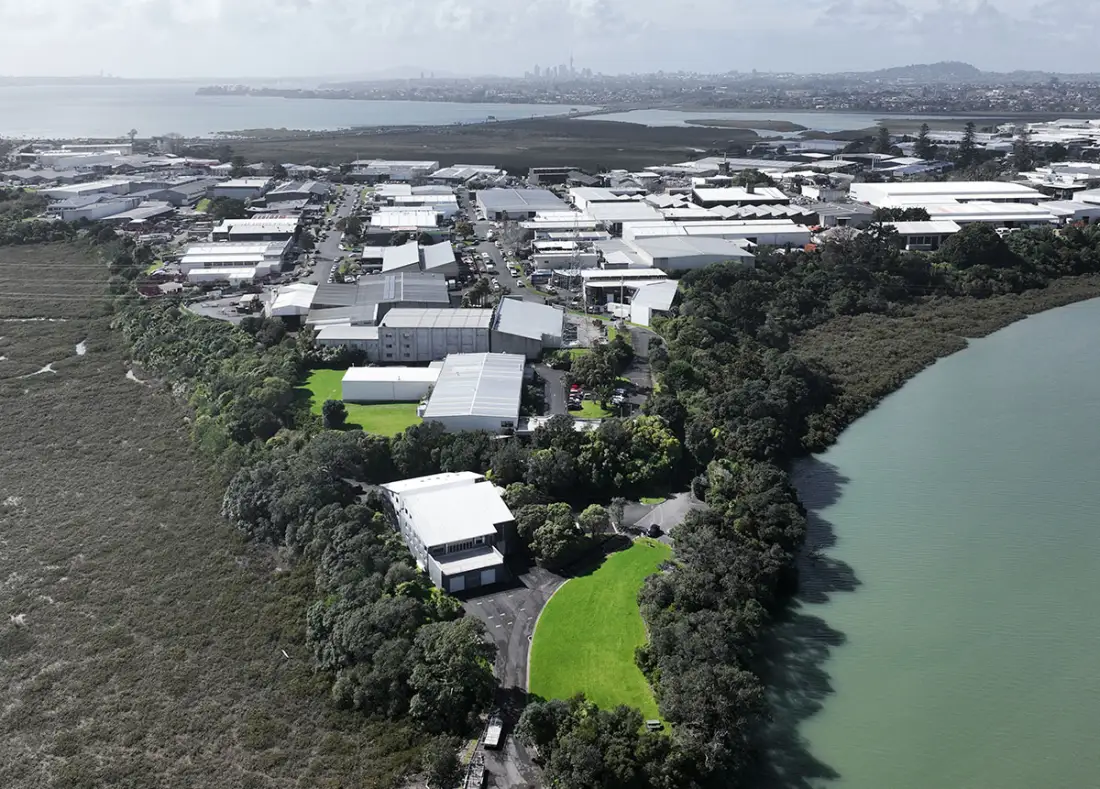The situation for gas users
For many businesses, gas has long been a reliable part of daily operations. But supply in New Zealand is tightening, and prices are becoming harder to predict.
Many businesses are now facing shorter contract terms, higher prices, and fewer retailers to choose from.
These challenges aren’t going away, but there are practical, effective steps businesses can take now to cut energy costs, stay productive, and improve resilience.
The benefits of acting now
Short-term wins
- Cut gas use and lower costs by 10-30% through efficiency improvements.
Long-term certainty
- Avoid exposure to gas shortages
- Build resilience with new fuel options like solar, geothermal, biomass, and electrification
The sooner you act, the bigger the benefits
- Early movers lock in cost savings faster
- Get ahead of the queue for better technologies
- Future-proof your business
Is this for you?
The tools and resources below have been designed especially for small to medium commercial and industrial businesses in the North Island that use reticulated (piped) natural gas. These businesses typically spend $10,000 to $1,500,000 per year on gas, which is mainly used for:
- process heat (boilers, steam, ovens)
- space heating (warehouses, offices, hotels, aged care facilities, greenhouses)
- hot water (laundries, hospitals, food processing, brewing).
Some sectors are feeling this more than others - but all gas users are impacted to some degree and can benefit from considering efficiency improvements and renewable fuel options.
Tools and resources
These practical tools and resources have been created by industry experts to help businesses like yours measure, manage, and reduce your energy use.
We’ve organised them into 4 clear steps:
- Measure and manage your energy use
- Engage your staff
- Maintain and optimise your equipment
- Plan for the future
Work through the steps at your own pace. Each step includes practical actions you can implement immediately.
Step 1: Measure and manage your energy use
The most important step in energy management is measuring and accounting for your energy use. Knowing where your energy goes is the essential first step. Businesses can start by reviewing energy bills, tracking costs and usage, and setting a baseline.
Step 2: Involve your staff
Your employees are often the first to spot where energy is being wasted. Engaging them in solutions not only saves energy but also brings everyone along on the journey to a more efficient workplace.
Step 3: Maintain and optimise your equipment
Well-maintained equipment runs more efficiently and reliably, and fine-tuning how and when you use energy can deliver quick gains. This section is all about low- and no-cost actions you can take to lower your energy spend now.
Step 4: Plan for the future
Planning ahead for renewable energy options, upgrades, and new technologies will reduce your reliance on gas and strengthen your long-term energy security. This section is about bigger, often costlier, solutions to help you secure your long-term energy future.
Funding opportunities
EECA provides funding and support to help businesses reduce the amount of gas used and improve energy performance. Support can cover assessments, audits, feasibility studies, and energy-saving upgrades — making it easier to identify opportunities and take action.
-
Walk-through energy assessments
For small to medium gas users (up to $1.5 million energy spend per year) facing high prices or difficulty securing supply contracts. An assessment identifies immediate on-site actions to improve efficiency, plus medium- to long-term options for alternative fuels or technologies.
-
Type 3 energy audits for piped natural gas
To support businesses with the cost of hiring a qualified energy auditor to evaluate how gas energy is being used in your process and plant and find cost-effective opportunities to reduce energy costs and carbon emissions.
-
Feasibility studies and business cases for natural gas
To support organisations using piped natural gas with feasibility studies and business cases that are grounded in rigorous assessment, investigation, and analysis - providing confidence in the success and return on investment of energy projects.
Case studies
-
How heat recovery is cutting costs and gas use in food manufacturing
New Zealand Sugar and Goodman Fielder are driving efficiency using clean and clever equipment.
- Case study
- Fuel switching
- Hot water
-
Sizzling with electricity
Auckland restaurant East's new electric induction wok is improving energy efficiency and enhancing flavour in the kitchen.
- Case study
- Electricity
- Innovation
-
Growing with flexible energy
Lower energy costs and greater control: Find out how horticulture business Trevelyan’s is benefiting from demand flexibility.
- Case study
- Electricity



